Hawaii travel tips
Hawaii travel tips: A tropical paradise in the Pacific, boasts stunning beaches, lush landscapes, vibrant culture, and a laid-back, welcoming atmosphere.
Counties 🌎
Hawaii travel tips. Here is a list of all the counties of the Hawaii.

Honolulu County
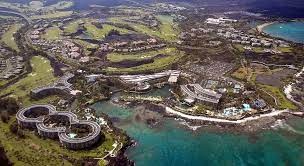
Hawaii County

Maui County

Kauai County
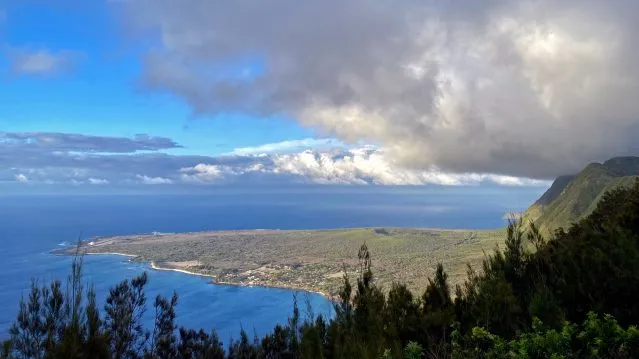
Kalawao County
Before you go 🛩
Important information you should know before your trip
Info
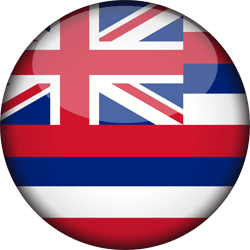
Capital | Honolulu
Flag Codes:
ISO alpha-2 US,
ISO alpha-3 USA
Currency
Badge | Dollar
CODE | USD
NUMBER | 840
SYMBOL | $
FRACTION | penny
Mobile Coverage
Dialing Code | +
SIM Card
Coverage | 3G / 4G / 5G |
Mobile Networks |
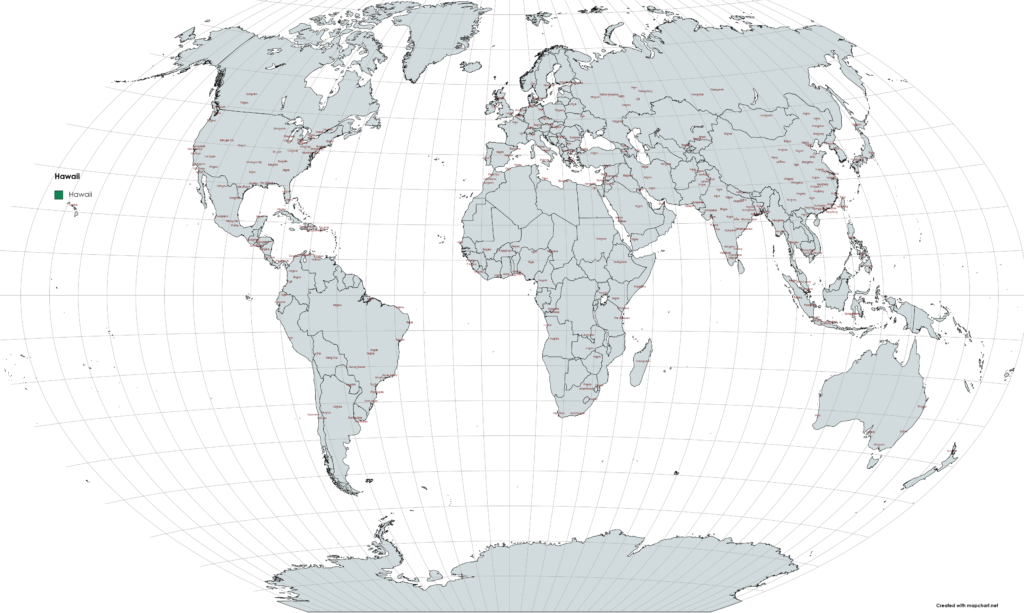
Location
Hawaii is an archipelago located in the central Pacific Ocean. It is a state of the United States and consists of a group of islands situated approximately 2,400 miles (3,900 kilometers) southwest of California. The coordinates for the state of Hawaii are approximately 21.3 degrees North latitude and 157.8 degrees West longitude.
The Hawaiian archipelago is made up of hundreds of islands, but the main islands that form the state of Hawaii are:
Hawaii Island (also known as the Big Island): It is the largest island in the archipelago and is located in the southeastern part.
Maui: Located to the northwest of the Big Island, Maui is the second-largest island and is known for its stunning beaches, volcanic landscapes, and the famous Road to Hana.
Oahu: This is the most populated island and home to the state capital of Honolulu. Oahu is famous for its beautiful beaches, historical sites such as Pearl Harbor, and vibrant city life.
Kauai: Located to the northwest of Oahu, Kauai is known as the “Garden Isle” and is famous for its lush landscapes, dramatic cliffs, and stunning waterfalls.
Molokai: Situated to the east of Oahu, Molokai is known for its rural and laid-back atmosphere, as well as its untouched natural beauty.
Lanai: Located to the west of Maui, Lanai is a smaller island that offers luxury resorts, beautiful beaches, and unique landscapes.
Niihau: Situated to the west of Kauai, Niihau is a privately-owned island with limited access to the public.
Currency
The currency used in Hawaii is the United States dollar (USD).
As Hawaii is a state of the United States, the currency is the same as the rest of the country.
The United States dollar is widely accepted throughout the state, and ATMs are available for cash withdrawals in major cities and tourist areas.
Credit cards are also widely accepted in hotels, restaurants, and most businesses in Hawaii.
Languages
The official languages of Hawaii are English and Hawaiian. English is widely spoken and understood throughout the state, and it is the primary language used in government, business, and everyday communication.
Hawaiian, also known as ʻŌlelo Hawaiʻi, is the indigenous language of Hawaii. It has experienced a revival in recent years, with efforts to preserve and promote the language. While not as commonly spoken as English, Hawaiian is still used by some native speakers, especially in cultural and ceremonial contexts.
Climate 🌡
Hawaii has a tropical climate, which is characterized by warm temperatures and relatively consistent weather patterns throughout the year. However, the climate can vary slightly from island to island and between different regions within each island. Here are some general characteristics of the climate in Hawaii:
Temperatures: The temperature in Hawaii is relatively stable, with average highs ranging from 80 to 90 degrees Fahrenheit (27 to 32 degrees Celsius) during the day and lows ranging from 65 to 75 degrees Fahrenheit (18 to 24 degrees Celsius) at night. The coastal areas tend to be slightly cooler, while the interior regions and higher elevations can be cooler and experience more temperature variation.
Rainfall: Hawaii has two primary seasons when it comes to rainfall. The summer months (May to October) are generally drier, with less rainfall and more sunshine. The winter months (November to April) tend to be wetter, with increased rainfall and a higher chance of showers. However, rainfall patterns can vary across different islands and microclimates within the islands. The windward (eastern) sides of the islands tend to receive more rainfall due to the prevailing trade winds, while the leeward (western) sides are often drier.
Trade Winds: Hawaii experiences steady trade winds, which blow from the northeast. These winds help to moderate temperatures and provide a cooling breeze, especially along the coasts. The trade winds also contribute to the formation of lush, windward sides of the islands.
Microclimates: Due to variations in topography and elevation, each island has distinct microclimates. For example, the windward (eastern) sides of the islands receive more rainfall and tend to be cooler, while the leeward (western) sides are drier and warmer. The higher elevations, such as the mountains and volcanoes, can be cooler and experience more significant temperature changes.
Hawaii travel tips
If you’re planning a trip to Hawaii, here are some travel tips to enhance your experience:
Island Choice:
Each island offers unique experiences; choose based on your interests.
Snorkeling Gear:
Bring or rent snorkeling gear to explore the vibrant marine life.
Hiking Essentials:
Pack sturdy shoes, water, and sunscreen for memorable hikes.
Respect Culture:
Embrace and respect Hawaiian traditions, such as the aloha spirit.
Transportation:
Efficient transportation in Hawaii includes rental cars for island exploration, public buses, shuttles, and occasional ferry rides between islands. View Guide.
Luau Experience:
Attend a traditional luau for cultural entertainment and delicious Hawaiian cuisine.
Nature Preserves:
Visit botanical gardens and wildlife reserves to appreciate Hawaii’s diverse ecosystems.
Enjoy your time in Hawaii!

The best of the best
Hawaii offers a unique and diverse culinary scene influenced by its Polynesian, Asian, and American heritage.
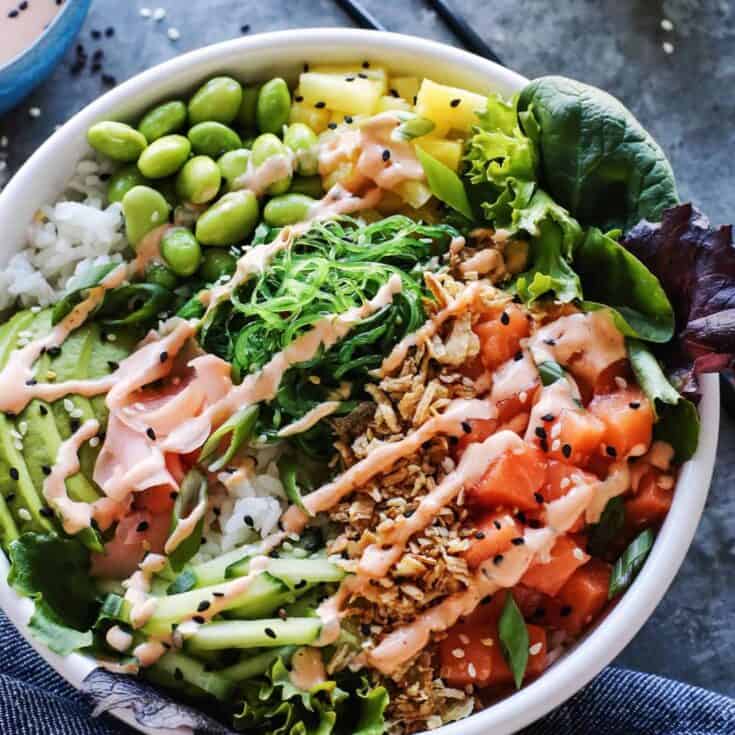
Poke
Poke is a popular Hawaiian dish made with raw fish, usually tuna or salmon, marinated in soy sauce, sesame oil, and other seasonings.
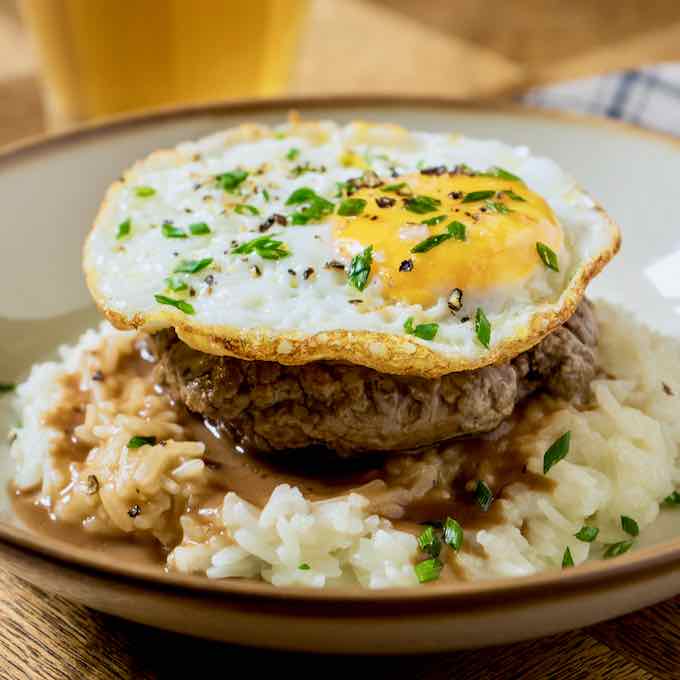
Loco Moco
Loco moco is a hearty Hawaiian dish consisting of a base of white rice topped with a hamburger patty, a fried egg, and brown gravy.
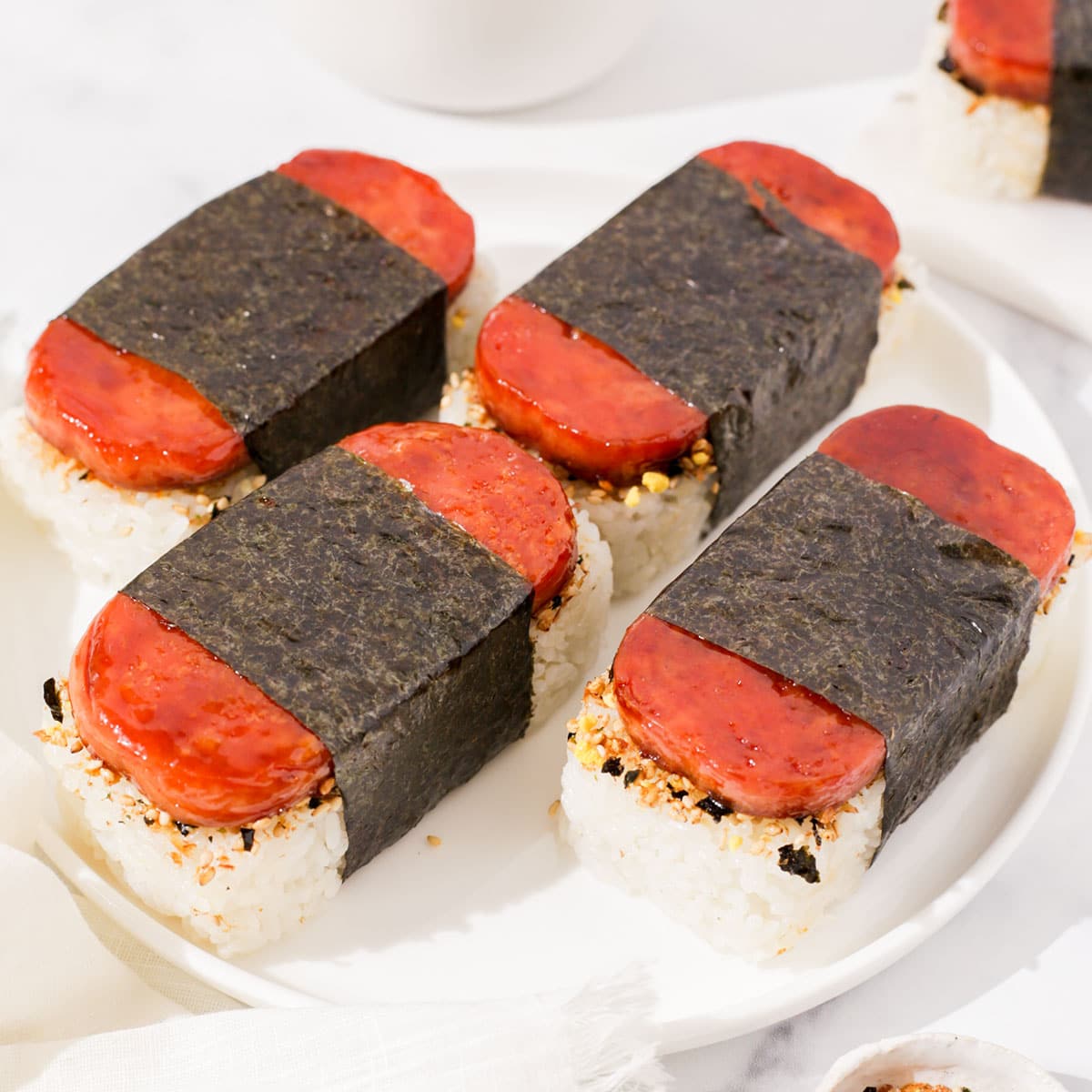
Spam Musubi
Spam musubi is a popular snack or quick meal in Hawaii. It consists of a slice of grilled or fried Spam (a canned meat product) placed on a block of rice and wrapped with a strip of nori (seaweed).
Here are some typical foods of Hawaii:
Plate Lunch: A plate lunch is a classic Hawaiian meal that typically includes a protein (such as grilled or fried chicken, teriyaki beef, or kalua pork), two scoops of rice, and macaroni salad. It is a filling and satisfying option commonly found in local eateries.
Kalua Pork: Kalua pork is a traditional Hawaiian dish made by slow-roasting a whole pig in an imu (an underground oven). The resulting meat is tender, flavorful, and often served shredded. It’s commonly enjoyed in dishes like kalua pork sliders, in plate lunches, or as a topping for rice.
Lau Lau: Lau Lau is a traditional Hawaiian dish made by wrapping pieces of pork or fish with taro leaves and steaming them. The slow cooking process infuses the ingredients with flavor and results in tender and savory meat. Lau Lau is often served with poi (a paste made from taro root) and is considered a Hawaiian delicacy.
Shave Ice: Shave ice is a refreshing Hawaiian treat made by shaving ice into fine, fluffy crystals and topping it with flavored syrups. It’s a popular dessert, especially on hot days, and comes in a variety of flavors and combinations.
The culinary scene in Hawaii is constantly evolving, incorporating traditional Hawaiian flavors with international influences, making it a delight for food lovers to explore.
Transportation 🚥
More information about this country
Choose your destination 📍🗺
Useful Links ✅



